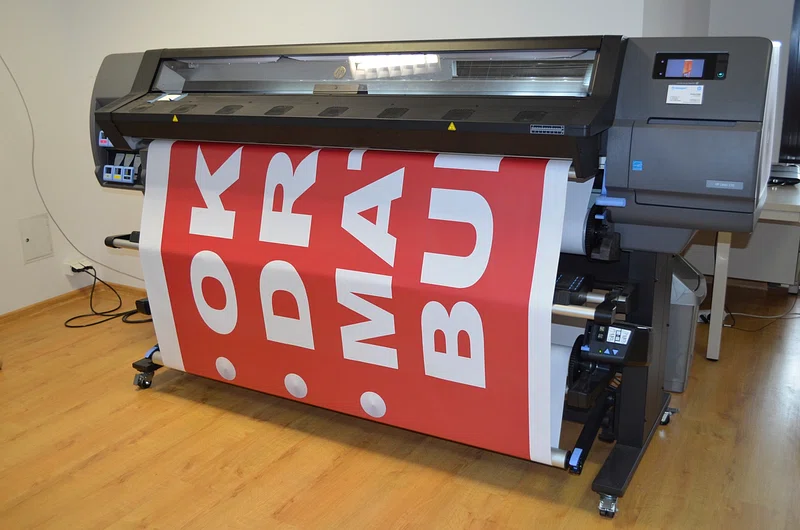Creating custom apparel has never been easier thanks to print on demand.
Understanding Exactly How Digital Printing Revolutionizes the Printing Market
The printing market, long soaked in traditional techniques, is undertaking a radical improvement with the arrival of digital printing. With its potential to spur engagement with individualized content and to use lasting solutions, it's clear that digital printing is even more than a technical innovation; it's a crucial video game changer.
The Advancement of Digital Printing: A Quick Review
Given that its beginning, electronic printing has actually gone through significant improvements, continuously transforming the printing market. Its evolution began with the growth of xerography in the mid-20th century, a process which prepared for laser printers. With the introduction of the 90s, digital printing technology began to grow, and the market saw the introduction of straight imaging presses, which got rid of the need for publishing plates. As the brand-new millennium unfolded, advancements in modern technology additionally spurred the development of digital printing, leading to the production of high-speed inkjet printers. These gadgets offered premium high quality and rate, permanently changing the landscape of the sector. Today, digital printing stands as a testimony to human development, continually progressing to meet the ever-changing demands of the contemporary globe.

Unpacking the Technology Behind Digital Printing
Diving into the ins and outs of electronic printing innovation, one runs into a rich tapestry of advanced equipment and complex formulas. At the heart of this process lies a digital image, which is processed by software application that separates it into a grid of dots. This complex system, reinforced by sophisticated software program and high-resolution imaging, has transformed the landscape of the printing market, leading the means for unprecedented levels of detail and accuracy.

The Benefits of Digital Printing for Companies
Understanding the innovation behind digital printing supplies a clear photo of its accuracy and detail. For services, this translates right into numerous benefits. Firstly, digital printing supplies unmatched rate, enabling companies to fulfill tight target dates without compromising on high quality. Next off, it reduces expenses as there are no that site plates or physical arrangement, making it perfect for small-volume printing tasks. This modern technology offers exceptional uniformity with each print outcome, removing variants frequently seen in standard techniques. Last but not least, electronic printing is environmentally friendly, using less ink and creating less waste. The full potential of digital printing is realized when used for customization and personalization, a subject that useful site will be covered in deepness in the following area.
The Function of Digital Printing in Modification and Personalization
While traditional printing methods have problem with modification and personalization, digital printing stands out in these locations. It permits for the easy alteration of designs, without the demand for expensive and time-consuming plate changes (print on demand). This enables companies to tailor items to individual customers, conference certain needs and enhancing customer fulfillment
Digital printing also enables variable information printing, where aspects such as text, graphics, and images might be transformed from one published item to the next, without decreasing the printing process. This is particularly beneficial for straight marketing projects, where personalized messaging can dramatically boost reaction rates. This linked here way, digital printing not just transforms the printing industry but likewise transforms the means services connect with their consumers.
Evaluating the Environmental Influence of Digital Printing
Although electronic printing has been lauded for its duty in personalization and personalization, it is critical to examine its environmental impact. Digital printing can be less wasteful than traditional approaches, because it operates a 'print as needed' basis, eliminating the requirement for huge print runs that can cause excess and waste. Furthermore, it makes use of fewer chemicals and creates much less volatile organic substances (VOCs) contrasted to balance out printing. Nonetheless, the energy usage of digital printers can be high, causing enhanced carbon footprint. The use of non-recyclable printing components and the challenge of e-waste monitoring pose considerable environmental issues. While digital printing has lots of advantages, its environmental impact must be diligently handled.
Final thought
In verdict, electronic printing has actually transformed the printing market, using fast, cost-efficient, and top notch options - print on demand. Understanding these changes is critical for services to utilize the advantages of digital printing successfully.